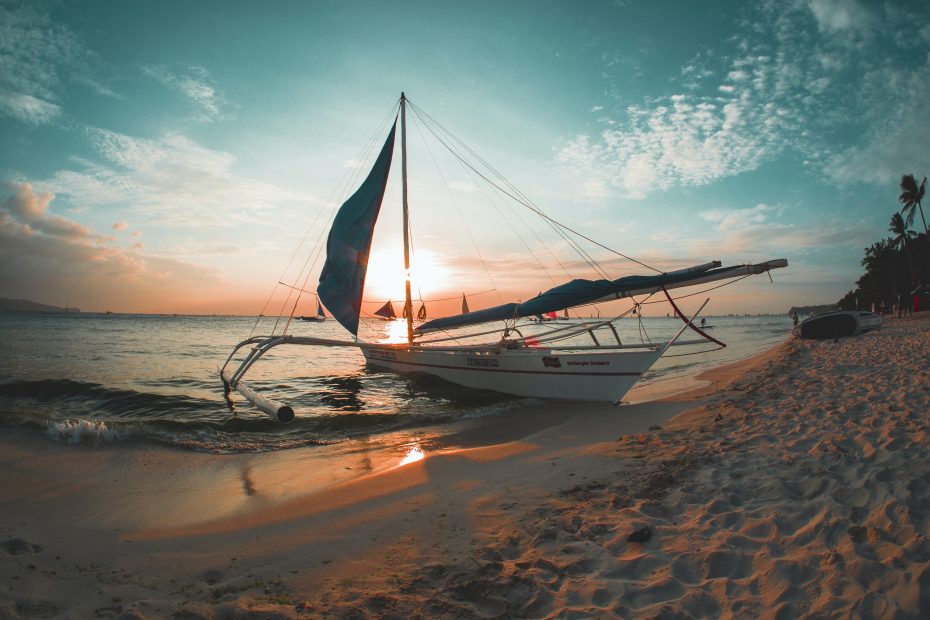Table of Contents
Introduction
The Philippines is a country with a rich cultural heritage stemming from its long history of influences from indigenous cultures as well as Spanish, American, Chinese, and Malay settlements. With over 7,000 islands, it is home to stunning natural wonders as well as historic sites and landmarks that give visitors a glimpse into its multifaceted past. From tropical beaches to mountain villages, explore some of the top cultural treasures that showcase the vibrant spirit of the Philippines.
Manila
As the bustling capital city, Manila contains many highlights for history buffs and culture seekers. Intramuros, the historic walled city from the Spanish colonial era, transports you back in time with its cobblestone streets and well-preserved architecture. Don’t miss top attractions like Fort Santiago, San Agustin Church, and Casa Manila. The excellent National Museum provides an overview of Filipino culture with displays covering ethnology, archaeology, art, and more. Manila’s Chinatown hub is also worth a visit to experience the influence of Chinese culture through markets, temples, and an array of Chinese restaurants.
Northern Luzon
In Northern Luzon, you’ll find some of the most iconic natural landscapes in the Philippines that have shaped local culture. The Banaue Rice Terraces are an incredible feat of engineering crafted over 2,000 years ago by indigenous Ifugao people. Hike amongst the lush green terraces and stay in traditional Ifugao huts in villages like Batad. The mountainous Cordillera region also features interesting tribal villages as well as the fascinating Sagada Caves where hanging coffins of ancestors still hang on cliffs.
Visayas
Heading to the central islands of Visayas, Cebu City is one of the earliest Spanish settlements dating back to the 16th century. Check out heritage sites like the Basilica Minore del Santo Niño, Magellan’s Cross, and Fort San Pedro. Nature lovers shouldn’t miss Kawasan Falls where you can swim in refreshing turquoise waters. For a unique geological formation, see the iconic Chocolate Hills in Bohol with thousands of symmetrical grassy mounds spread over the landscape.
Mindanao
On the southern island of Mindanao, you’ll find a blend of Muslim, indigenous, and Spanish influences. Lake Sebu in the mountains of South Cotabato features a village of T’boli people who live in traditional houses and weave intricate t’nalak cloth. See one of the world’s tiniest primates, the endangered tarsier, at the Tarsier Sanctuary in Corella. Top off your trip with some beach time at White Island, a pristine sandbar offshore from Camiguin island with stunning ocean vistas.
Festivals
The Philippines loves a good festival and each region has lively celebrations of history, faith, and culture. In January, Cebu’s flamboyant Sinulog Festival honors the Santo Niño with street parties and solemn processions. Bacolod’s MassKara Festival in October features dancing and smiling mask-wearing revelers. Iloilo City highlights its history as a former American trade port through music, costumes, and parades during Dinagyang Festival every January.
Cuisine
Filipino cuisine seamlessly blends indigenous flavors with global influences. Sour yet savory adobo is the unofficial national dish with meat or seafood simmered in vinegar, soy sauce, garlic and peppercorns. Lechon roasted suckling pig was inspired by the Spaniards and is the star of any special occasion. For a sweet cool down, try halo-halo meaning “mix mix”, a icy dessert with layers of shaved ice, evaporated milk, and toppings like jellies, fruits, and beans.
Conclusion
With stunning scenery, indigenous crafts, Spanish colonial architecture, and mouthwatering cuisine, the Philippines offers an incredibly diverse cultural experience for travelers. As one of Southeast Asia’s most underrated destinations, take the opportunity to explore the richness of Philippine culture through its warm-hearted people, vibrant festivals, historical attractions, natural wonders and tasty dishes. You’ll surely be captivated by the treasures you discover along the way.
FAQs
What are the best places to see indigenous tribes and culture in the Philippines?
Some top places to experience indigenous culture include the Banaue Rice Terraces, Batad Village, Sagada Caves, Lake Sebu, and the Tarsier Sanctuary where you can witness traditional architecture, crafts, music and lifestyle.
What are the top historical and cultural sites to see in Manila?
Must-see historical sites in Manila include Intramuros – the old Spanish walled city, Fort Santiago, San Agustin Church, Casa Manila, and the National Museum.
What festivals represent the culture and history of the Philippines?
Festivals like Sinulog in Cebu, MassKara in Bacolod, Dinagyang in Iloilo, and Ati-Atihan in Kalibo showcase a mix of indigenous rituals, Catholic faith, and folklore through colorful parades, dances, and street parties.
What cuisine represents the blend of cultures in the Philippines?
Dishes like adobo, lechon, and halo-halo reflect indigenous, Spanish, and Asian influences on Filipino cuisine. Don’t miss kakanin rice cakes and fresh exotic fruits as well.
What natural wonders showcase the incredible landscapes of the Philippines?
Top natural attractions include the Banaue Rice Terraces, Chocolate Hills, Kawasan Falls, Lake Sebu, and White Island that display the Philippines’ pristine beaches, mountains, and idyllic rural landscapes.
